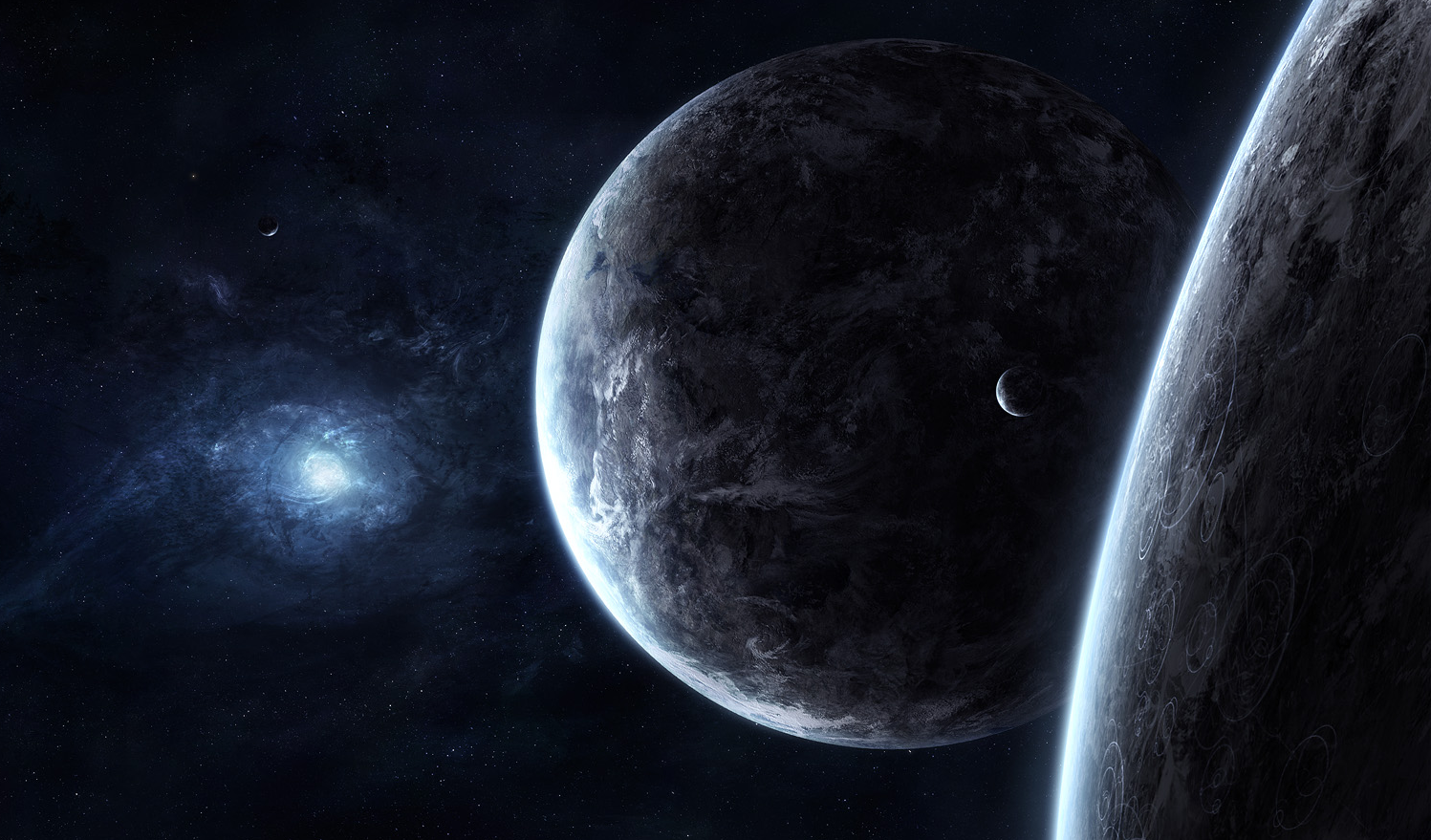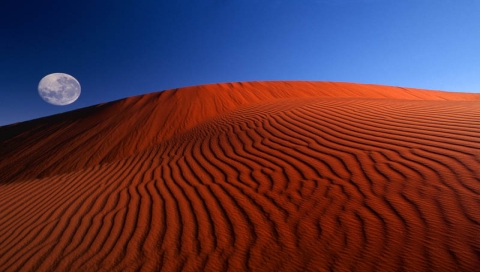Gemini Alpha
| Gemini Alpha | |

| |
| Class: |
Class-M |
| Type: |
Planet |
| Satellites: |
|
| Native Species: | |
| Location: |
Gemini, Other side of Romulan space, Beta Quadrant |
| Affiliation: | |

| |
| A city on Gemini Alpha at sunset | |
| [ Source ] | |
Economy
Gemini Alpha is one of the twin capitol worlds of the Gemini Sovereignty and as such is very wealthy since the planets help each other out. Gemini Alpha produces fish, tropical fruit in abundance, and manpower for the Gemini military. Much of its economy is also dependent on the two asteroid fields and the shipyards in the system, the asteroid fields being rich in dilithium, duranium, and other materials. The moon Taemar has been terraformed to become an M-class body suitable for farming although it is also mined for minerals needed for constructing ships and buildings, though the actual construction of the ships takes place either in the shipyards in the Gemini system or within two others, farther out in the Sovereignty. Thaelar's economy is ruled by mining minerals such as deuterium, titanium, and gems.
Gemini Alpha's economy, like that of every planet in the Sovereignty, relies on historians, archaeologists, artists, musicians, and other people of intellect. The Geminites pride themselves on their culture and their ability to remember the past.
Geographical Data
Gemini Alpha is a tropical world with 8 continents and a number of islands in its vast purple oceans; nevertheless, its oceans, lakes and seas still cover around 72% of its surface. Rivers teeming with freshwater fish and crustaceans abound on its continents, as well as a number of lakes and seas. An area of land on one of the northern continents has around 5,000 lakes in that one area alone, feeding several rivers. Deserts are uncommon on this world, though not unheard of; the largest desert is covered with red sand and the oases have red-leafed trees which produce edible fruit. However, the deserts are far outnumbered by the swamps, rainforests and jungles which produce fruit in such numbers that the people are able to export it to Gemini Beta and other planets in the sovereignty. Mountains are a rarity on Gemini Alpha and the three mountain ranges are quite low compared to those on other planets.
Most cities are on the coast or near some other area of water as their ancestors had staked claims on them as a matter of survival. The cities themselves have an aesthetic look most other species would not appreciate as color is used everywhere and a Geminite city is easily identified by its use of color. Shapes are also used liberally, specifically circles, ovals, and triangles to offset the usual squares and rectangles. Gilded columns are also common among government buildings, though it is against the law for any private business to use it, instead using the color gold.
Gemini Plants
Gemini grass is almost blue in color due to a bacteria that grows on it, giving it a bluish appearance. This bacteria, or any of other varieties of it, cover almost everything in the jungles. The color can range from a bluish green to a yellowish to a reddish green. However, the color seems to be connected to the temperature in the surrounding area. The red variation of this bacteria grows in the warmer climates, while the yellow grows in the cooler climates.
Gemini flowers come in almost every color imaginable, and their roses are quite stunning as they normally have three centers and come in a variety of colors. The Geminites have cultivated their flowers to be even more colors, such as black or blue or purple. Gemini irises and lilies are almost as valued, though the roses are most women's favorite.
Gemini trees have wood that is striped such as the Earth zebra wood tree. The most highly valued tree, however, is one that has a slight scent when treated properly that keeps insects away from valuables. The leaves could either be deciduous or evergreen.
Points of Interest
Red SandsRed Sands is the largest desert on the planet and has earned its name as most everything in it is red. The sand, left from when it was clay and now dehydrated and deteriorated into sand, is red and grainy and the few trees in the oases have red bacteria on their leaves, causing them to have a reddish-green appearance. The small animals are covered in the dust that is everywhere in the desert, thus they appear to have red fur from a distance. At 30.48m (100ft) below sea level, it is also the hottest place on the planet.
Tailea Science Institute
The Tailea Science Institute is where most leading scientists in the Gemini Sovereignty began their journey. A large part of the university's academics is devoted to archaeology and history, though other areas of science are given proper attention, including bioweapons.
Jaenir Medical Institute
The Jaenir Medical Institute is the premiere medical university in the region of the Gemini Sovereignty. The JMI takes an almost religious stance on the healing of the sick and injured, and also on the development of new ways to treat them. A quarter of new developments in medical technology and drugs take place at the Jaenir Institute.
History
See Main Article: Geminite History
Having achieved warp flight around 2,500 years ago, one would expect the Geminites to have a much larger empire. However, the truth is that the Geminites simply were not curious enough to explore. Their children wanted to see the stars, but as they grew up, their desire dwindled. This is not to say they did not explore beyond the two planets of Gemini Alpha and Beta as within a matter of decades the population had outgrown the food supply. Their solution was to colonize their moon, Taemar, for farming. They continued this way for several centuries until around the 1500s when they became aware of a ship coming towards their space. They were not concerned, however, when it left their planet alone. Again, they grew conscious of the fact that their population was outgrowing the food supply and they decided to colonize other planets in the solar system. They managed to terraform two planets and, by the 16th century, were starting to mine in the two asteroid fields in their system. They discovered, to their surprise and their delight, that the fields were filled with minerals needed for ships. They began to build ships in earnest as they became aware of other races in their area.
They set out in the 2200s to find new worlds to colonize. Now, 52 planets and 7 moons are under the Geminite banner, and are treated in a fair and equitable way. The people of Gemini Alpha thought nothing could disrupt their peace until they met a bronze-skinned race with pointed ears and arched brows.




